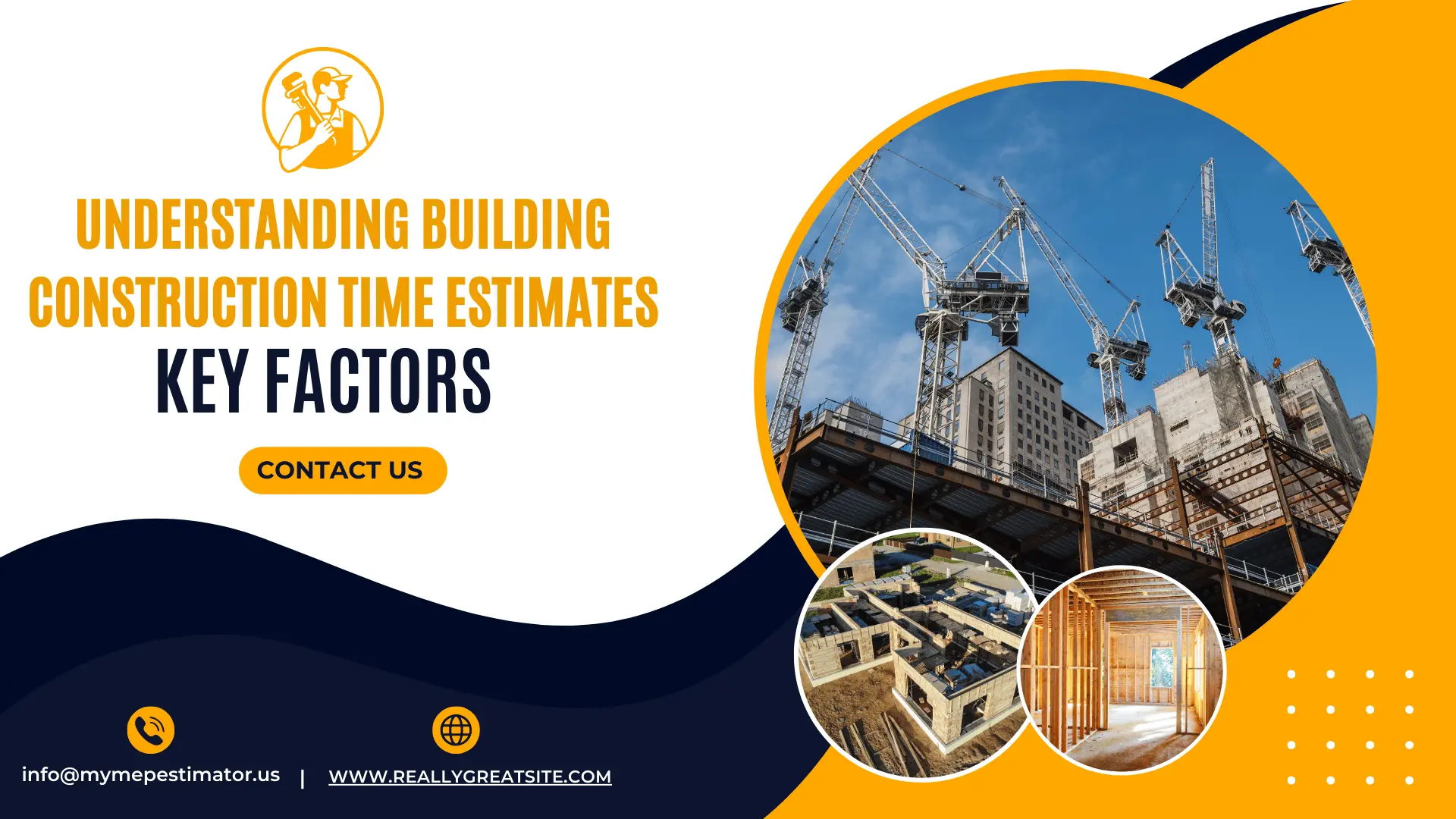Table of Contents
Accurate HVAC estimating is crucial for successful project planning and execution within the construction industry. This process involves calculating the costs associated with heating, ventilation, and air conditioning systems, which includes labor, materials, equipment, and overheads. However, HVAC estimating is fraught with challenges that can complicate precision and efficiency. In this article, we’ll explore the top 10 challenges in HVAC estimating and how to overcome them, while also highlighting the importance of MEP estimating services and HVAC estimating services.
1. Fluctuating Material Costs
Challenge: Material costs, especially for metals like copper and aluminum, can fluctuate due to market conditions, global supply chains, and economic factors. “The volatility in material costs poses a significant challenge for HVAC estimators, requiring constant vigilance and adaptation,” says John Smith, a senior estimator with over 15 years of experience in the HVAC industry.
Solution: Stay informed about market trends and establish relationships with reliable suppliers to get real-time updates on material costs. Utilizing cost databases and adjusting estimates regularly can also help manage this volatility.
Complex Design Specifications
Challenge: Modern HVAC systems often require custom designs to meet specific building requirements and energy efficiency standards, complicating the estimating process. “Design complexity can lead to discrepancies if not properly accounted for in the initial estimate,” notes Jane Doe, an HVAC engineer specializing in sustainable building practices.
Solution: Use advanced HVAC estimating software that can handle complex design specifications and integrate seamlessly with CAD tools. Collaboration with engineers and architects can also ensure all design elements are accurately reflected in the estimate.
Labor Cost Variability
Challenge: Labor costs can vary based on location, labor availability, and the skill level required for specific tasks. “Estimators need to consider not just wages, but also the productivity and efficiency of labor teams in different regions,” advises Mark Johnson, a construction economist.
Solution: Conduct thorough market research to understand regional wage differences and labor availability. Building a network of skilled technicians and subcontractors can provide more accurate labor cost estimates.
Regulatory Compliance
Challenge: HVAC systems must comply with various local, state, and federal regulations, including building codes and environmental standards. Non-compliance can lead to fines, delays, and legal issues. “Staying updated with regulatory changes is crucial to avoid costly mistakes during estimation,” emphasizes Sarah Brown, a compliance specialist in the construction sector.
Solution: Stay updated on the latest regulations and standards. Engaging with MEP estimating services can help ensure that all compliance costs are accurately included in the estimate.
Technological Advancements
Challenge: The HVAC industry is continually evolving with new technologies aimed at improving energy efficiency and system performance, complicating the estimating process. “Adopting new technologies requires a deep understanding of their impact on project costs and timelines,” explains Michael Lee, a technology consultant for construction firms.
Solution: Regularly participate in training programs and industry conferences to stay abreast of technological advancements. Leveraging cutting-edge HVAC estimating services can also ensure that estimates incorporate the latest technologies.
Scope Creep
Challenge: Scope creep, or the gradual expansion of project requirements beyond the original plan, can lead to budget overruns and project delays. “Clear communication and robust change management processes are essential to mitigate scope creep,” advises Emily White, a project manager with expertise in construction cost control.
Solution: Clearly define project scope and requirements from the outset. Implement a change management process to handle any scope changes systematically, ensuring that estimates are adjusted accordingly.
Incomplete Project Information
Challenge: Lack of detailed project information can lead to inaccurate estimates, as critical aspects may be overlooked or under-quantified. “Thorough site assessments and collaborative project planning sessions are vital to gather accurate data,” suggests David Clark, a senior estimator with a focus on commercial HVAC projects.
Solution: Conduct thorough site visits and gather comprehensive project data before starting the estimating process. Engage with stakeholders to clarify any ambiguities and ensure all project details are accounted for.
Time Constraints
Challenge: Estimators often work under tight deadlines, which can impact the accuracy of estimates. “Time pressure can lead to rushed estimates and overlooked details,” warns Rachel Adams, an experienced estimator in the MEP industry.
Solution: Implement efficient workflows and use automated HVAC estimating software to expedite the estimating process without compromising accuracy. Prioritize tasks and allocate sufficient time for thorough reviews.
Inconsistent Estimating Practices
Challenge: Inconsistent estimating practices within an organization can lead to variations in estimate accuracy and reliability. “Standardizing estimating methodologies enhances reliability and consistency across projects,” suggests Peter Wilson, a construction management consultant.
Solution: Develop detailed guidelines and procedures for estimating practices. Regularly train estimators to ensure consistency and accuracy in their work.
Lack of Historical Data
Challenge: Without historical data, it can be challenging to benchmark estimates and validate their accuracy. “Historical data helps identify patterns and improve estimation accuracy over time,” explains Lisa Roberts, a data analyst specializing in construction project performance.
Solution: Maintain a comprehensive database of past projects, including cost breakdowns and outcomes. Use this data to inform future estimates and identify trends and patterns.
Conclusion
Overcoming the challenges in HVAC estimating requires a combination of advanced tools, continuous education, and strategic planning. By leveraging MEP estimating services and HVAC estimating services, professionals can enhance the accuracy and efficiency of their estimates, ensuring successful project outcomes. Staying informed about industry trends, utilizing cutting-edge technologies, and implementing standardized practices are key to navigating the complexities of HVAC estimating.
For more detailed information on HVAC estimating services, please visit our HVAC Estimating Services page. If you need comprehensive MEP estimating services, check out our MEP Estimating Services page for expert guidance and support.






